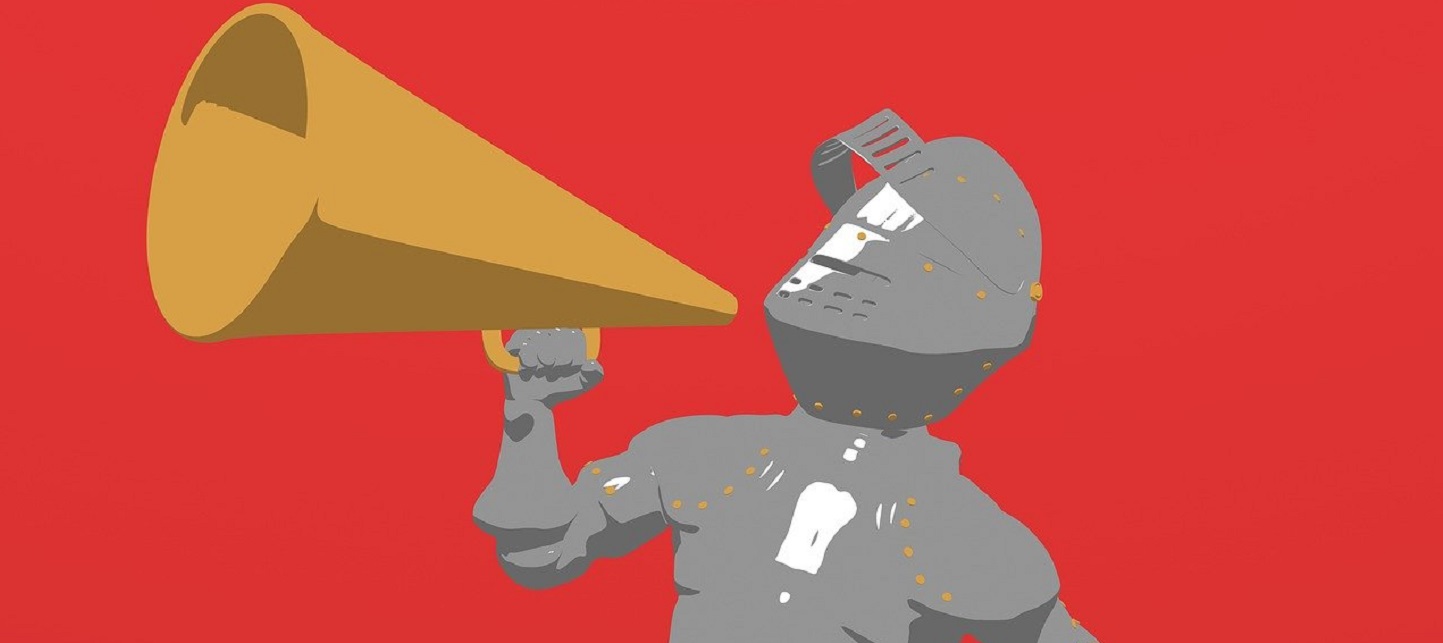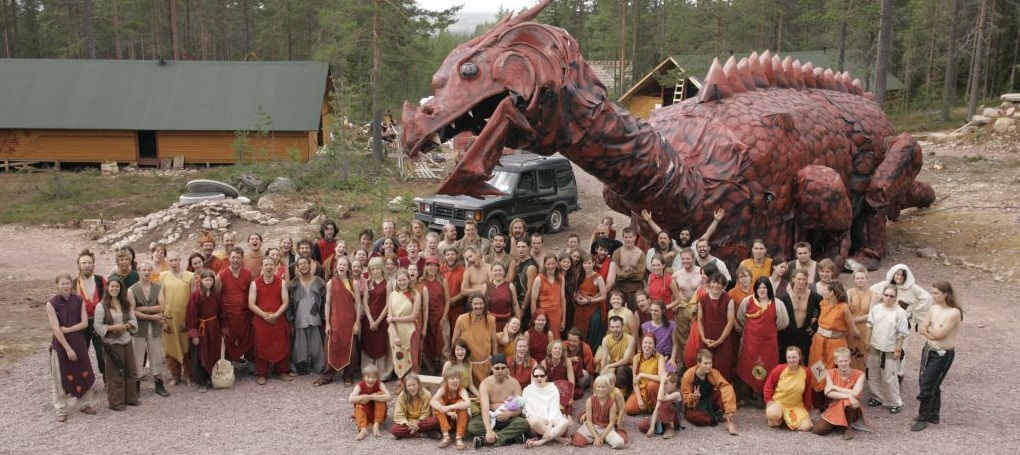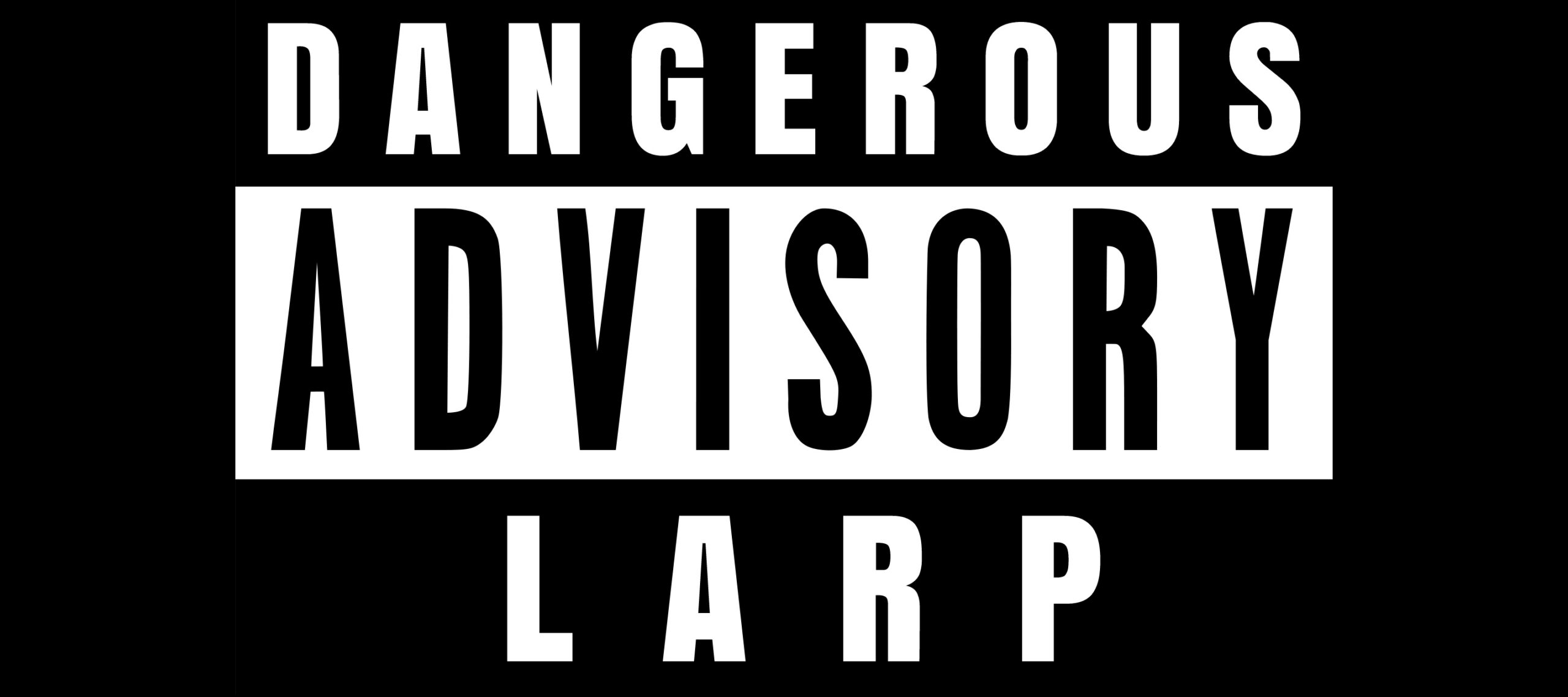Tag: Community Safety
-

All Quiet on the Safety Front: About the Invisibility of Safety Work
in
Most players and some organizers might not know what the experiences before, during and after a larp are like for safety people.
-

Flagging is Flawed
in
Although helpful for safety reasons, flagging is also commonly used to prevent people from attending a larp for lesser reasons.
-

Dragonbane Memories
We had crazy plans. We would transform fantasy larp forever. We would create the best larp in the world… or so I thought.
-

Grooming in the Larp Community
in
In this opinion piece Sanne Harder explores predatory behavior in larp communities. Content Advisory: Sexual abuse, mental health issues.
-

Why Larp Community Matters and How We Can Improve It
There are some activities that can, and as far as possible should, be taken by individuals to help improve the larp community as a whole.
-

The Paradox of Inclusivity
in
Trying to provide a clearer vision of what inclusivity does, and can, mean; as well as offer practical advice to help us build more inclusive communities.
-

Leaving the Magic Circle: Larp and Aftercare
in
The transition from larp to everyday life can be messy sometimes. Some thoughts on aftercare in a larp context: how to do it and why.
-

Playing Safe?
in
A number of high profile articles and discussions about safety in Nordic larp seem to imply that safety has become the primary concern for larp design. This article interrogates that implication by a series of interviews with larp designers, and experts on safety.
-

Larp Counselors: An Additional Safety Net
in
This article advocates for the inclusion in certain larps of the unique role of a counselor, who is part of the safety team.
